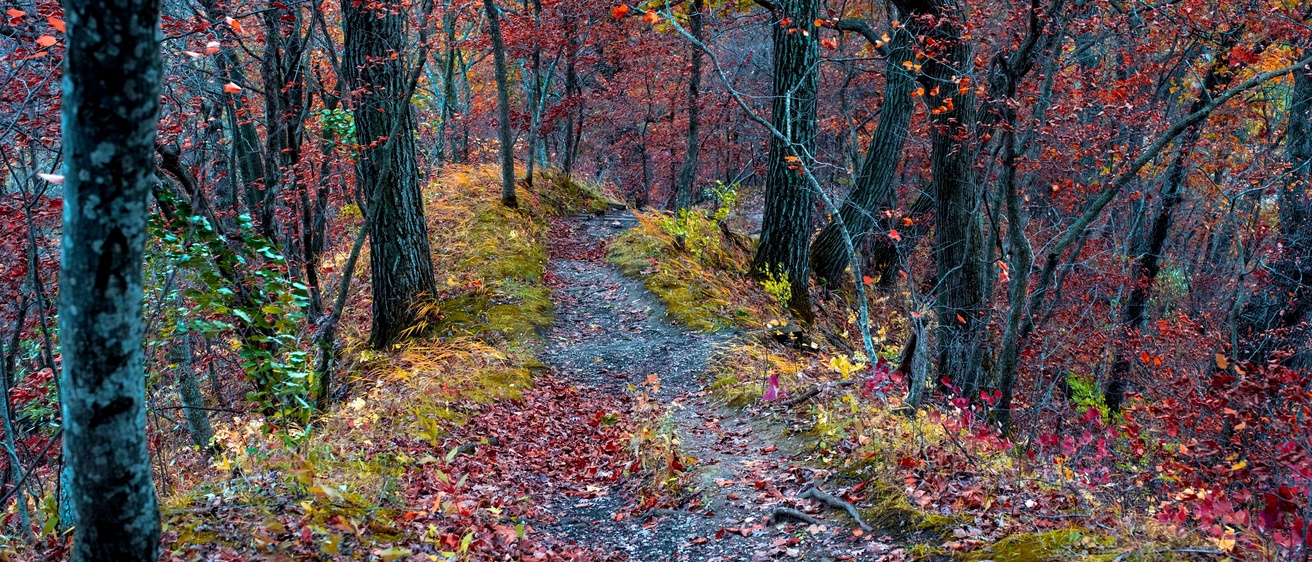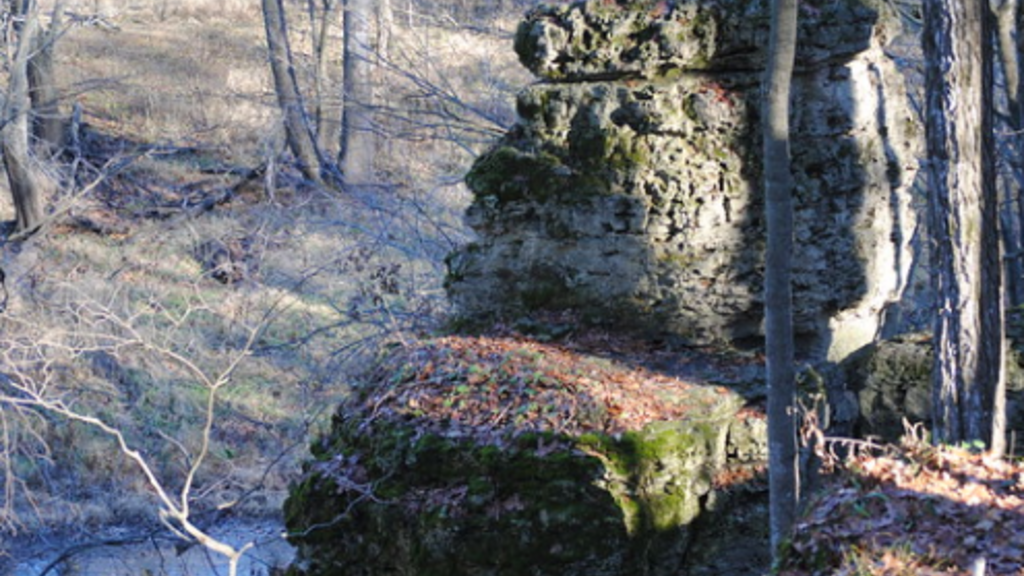
Backbone State Park
A narrow and precipitous ridge of rock, once termed the “Devil’s Backbone,” towers prominently above an entrenched meander loop of the Maquoketa River north of Dundee in Delaware County.
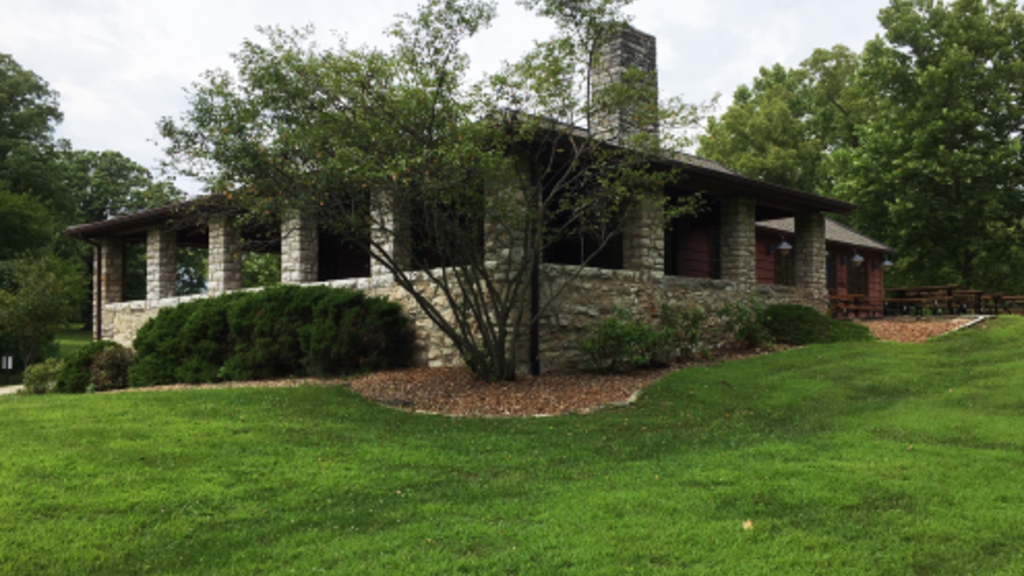
Lacey-Keosauqua State Park
Travel south along Iowa Highway 1 through central Van Buren County, and you’ll sense a real difference in the landscape as you gradually descend a series of broad terraces into Iowa’s “Big Bend” country.
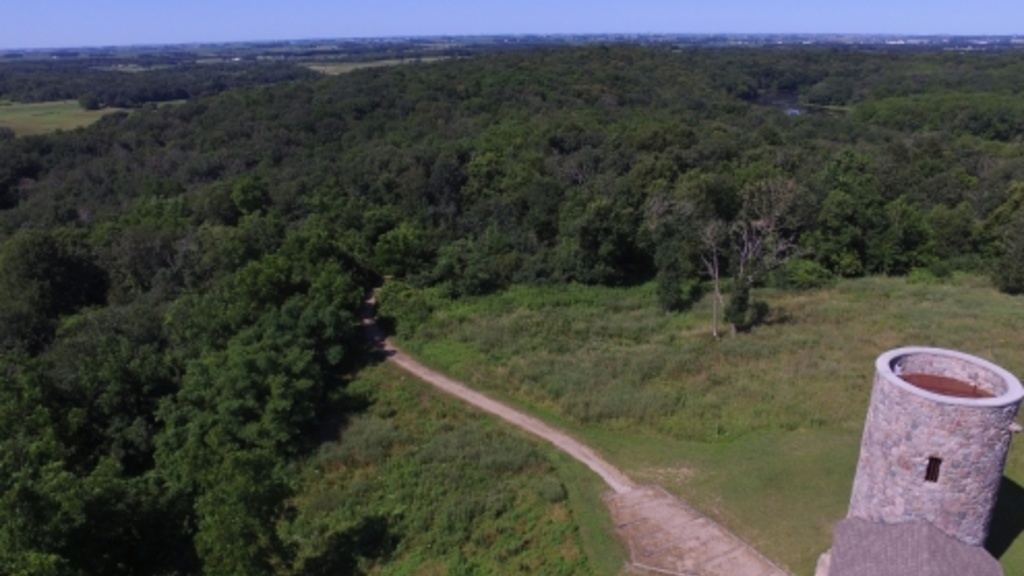
Pilot Knob State Park
One of north central Iowa’s most prominent natural landmarks is easily seen along Highway 9 across southern Winnebago County. Pilot Knob, an isolated cone-shaped hill, rises 250 feet above the surrounding terrain and provides a commanding view of the Iowa countryside.
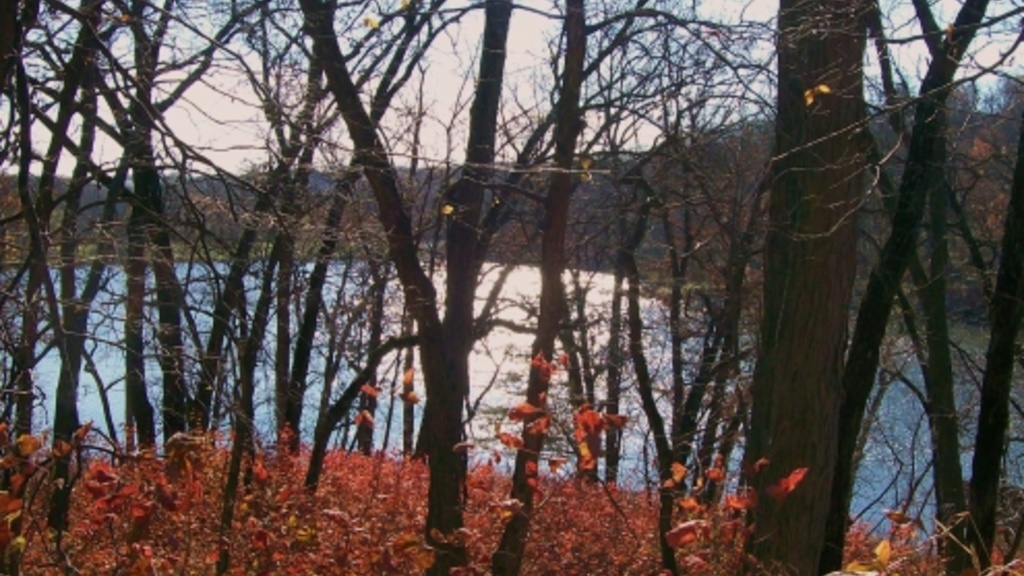
Springbrook State Park
Within the quiet beauty of Springbrook State Park lie landscapes and geologic deposits that provide compelling testimony to the erosive power of rivers and their capacity to transport sediment over long distances.
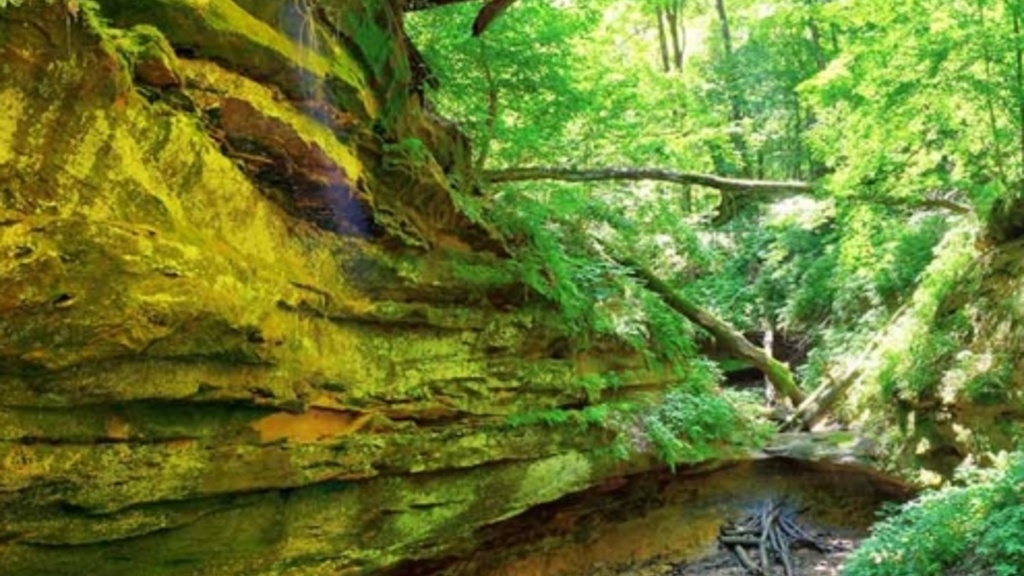
Wildcat Den State Park
Wildcat Den State Park encompasses 417 acres along the Pine Creek drainage in Muscatine County, between Muscatine and Davenport. It is an area of exceptional beauty marked by imposing sandstone exposures.
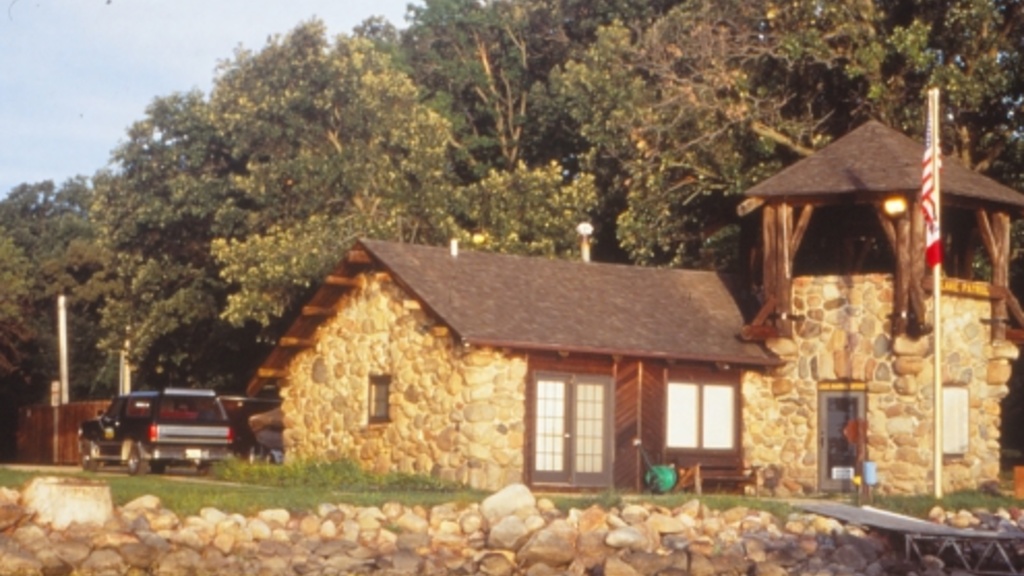
Gull Point State Park
Nestled in northwestern Iowa is an area known as the “Iowa Great Lakes.” Historically, this region has been a popular vacation destination, yet few people realize it is also a showplace of geologic features that reflect the state’s most recent contact with glaciers.
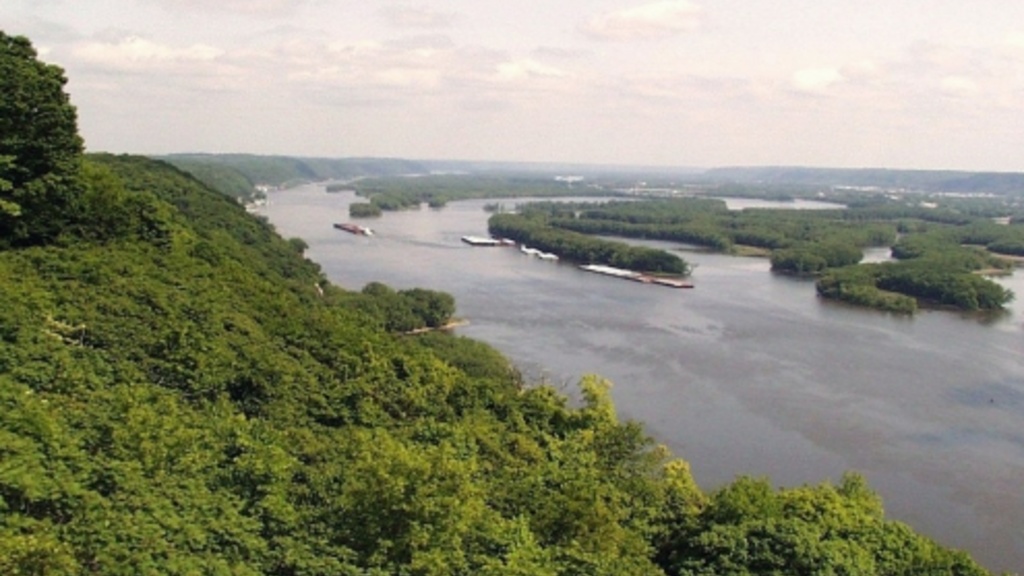
Pikes Peak State Park
The northeast Iowa area around Pikes Peak State Park in Clayton County is one of the most beautiful and interesting regions of Iowa. Its precipitous rock bluffs record a geologic history beginning over 500 million years ago.
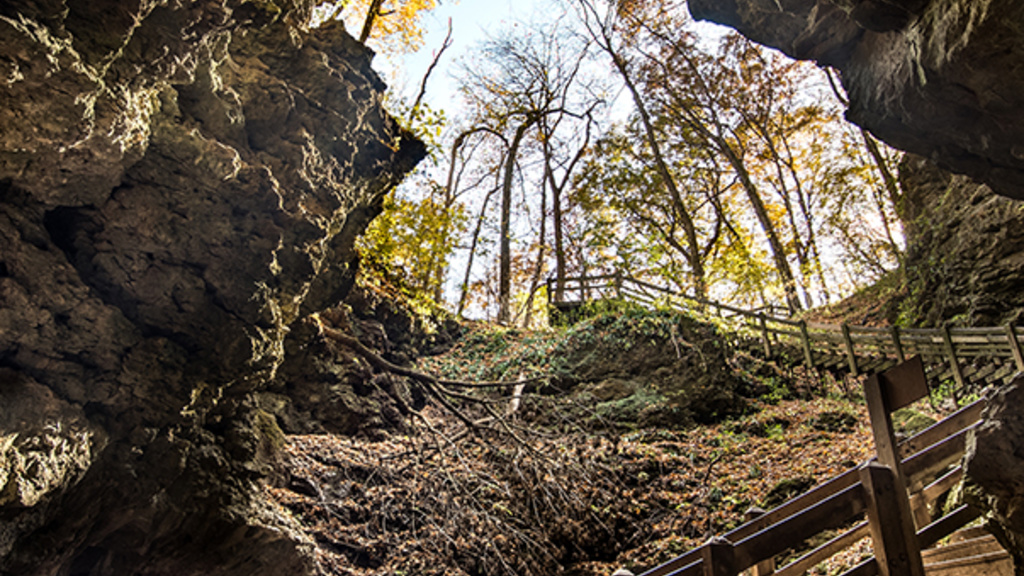
Maquoketa Caves State Park
The spectacular rocks in Maquoketa Caves State Park are Silurian age dolomites. The rocks initially formed as deposits of lime sediment on the bottom of an extensive shallow tropical sea about 430 million years ago. The lime sediments were converted to dolomite in a process called dolomitization, likely later in the Silurian as the seas withdrew across the region.
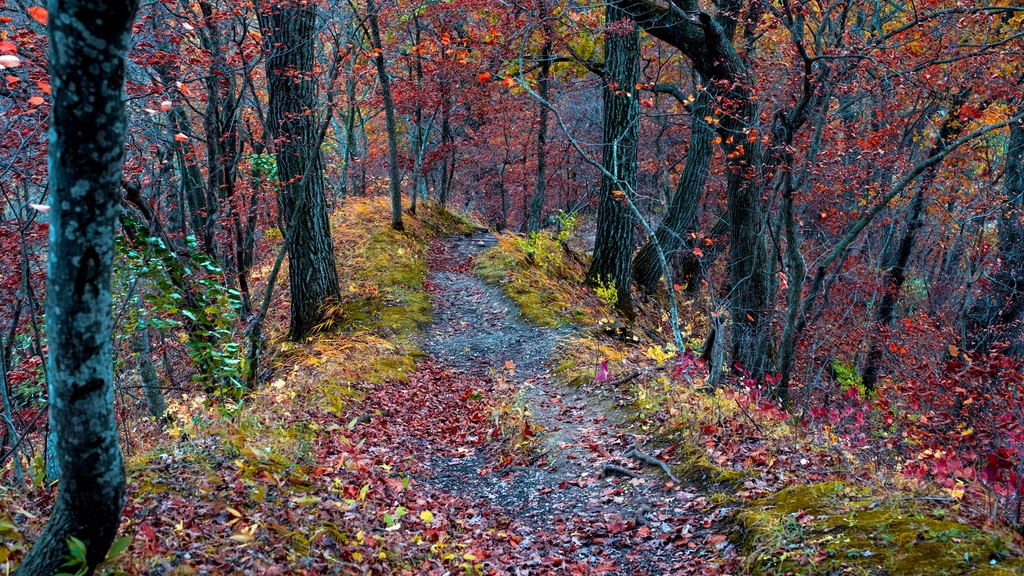
Ledges State Park
The name itself, Ledges, is an indication that the terrain of the park is quite unusual, given its location within the Des Moines Lobe landform region of central Iowa. The bluffs exposed along Pea’s Creek are made of sandstone of the Cherokee Group, which also consists of shales, limestones, and coals deposited about 310 million years ago during the Pennsylvanian Period.
More Information
The IGS and the Geological Society of Iowa developed more detailed guidebooks for many of Iowa’s parks. Follow the links below to access these guidebooks from the IGS Publications Database.
Pikes Peak State Park
Maquoketa Caves State Park
Other Iowa State Parks
- Natural History of Ledges State Park
- Natural History of Backbone State Park
- Natural History of Wildcat Den State Park
- Natural History of Palisades-Kepler State Park
- Natural History of the Volga River State Recreation Area and Echo Valley State Park
- Natural History of Lacey-Keosauqua State Park
- Natural History of Lake MacBride State Park
- Natural History of Dolliver Memorial State Park
- Natural History of Bellevue State Park
- Natural History of Wapsipinicon State Park
- Natural and Cultural History of the Mines of Spain State Park
Photos courtesy of Iowa DNR.
